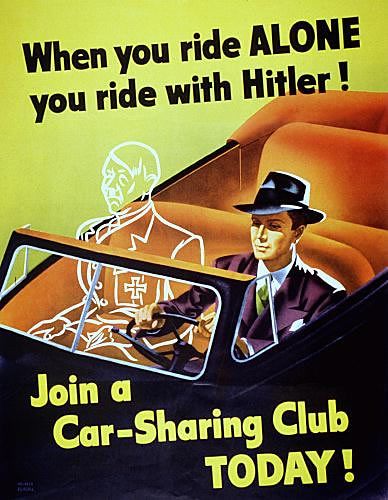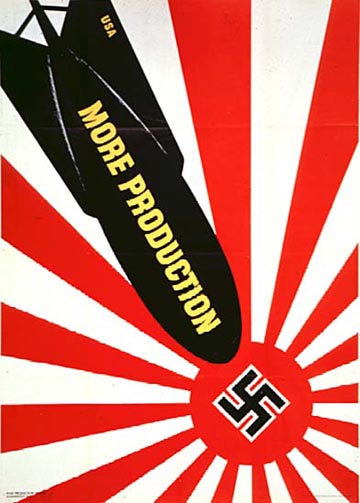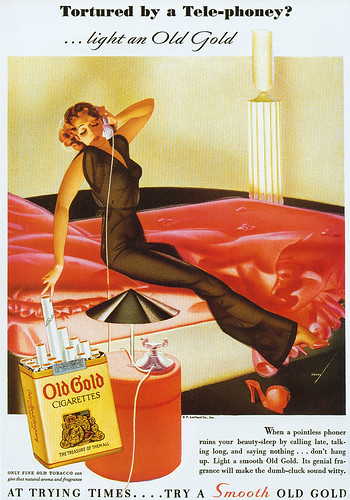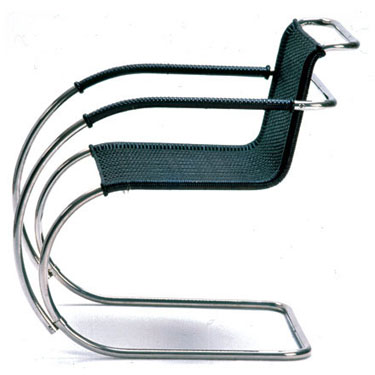The Great Depression
One of the events that exerted influence on the design development is the Great Depression.
This crisis begins at 1929 and last app. 10 years changing the social status and views of many.


As it is known from the history in a war time or in times of economic crisis the moral principles, values and priorities bear a revision.
In the hard times between 30s- and 50s the graphic designers get a new social engaged role. They are called to educate, inform and persuade the population.
This are few poster before the war. The time of great stagnation in the economy the cheap or free things became important.
From left to right:
1. 1938 WPA silkscreen poster promoting oral hygiene.
2. 1940 WPA Art Project poster for the Cleveland Metropolitan Housing Authority.
3. 1941 WPA Federal Art Project poster extolling the benefits of retail commerce.
The government was aware of the potential power of the visual communication and it hires many designers for its need. The new employer sets new requests - understandable, cheap and effective. With the invention of the silkscreen that all was possible.
As the target was the broad masses of the people the graphic production should be with clear message. There is no room for experiments and sensibility. The tough times insist pragmatism and dry rationality.


When the government interference in the art usually the result is propaganda. The art become utilitarian, an instrument for communication, mobilization and persuasion.
Do not waste food! Canning is patriotic.


Do not travel! Defense needs rubber!


Save rubbers and oil!


Know your friends!

Work hard!




Judging from this pictures and slogans it had to be a time for great efforts!
I found few posters that have really strong message...


... other are not so heartbreaking but heroic.
The other great production of such propaganda posters was made in Russia!


In the both sides of the ocean could see the same idealization that soon after war will divide the world on two. This absolutism ("We are good- they are bad","Do what is right "), the moral norms, the power of the conformism are the new rules of the world game.
Find a enemy to unify your people is old as world maxim, idealize and manipulate.
Beside the alert posters there are many movie posters.


The existentialism
Along with this tendencies in the literacy there is one more movement - the existentialism.
Although it has some roots in the years before the WW2 the Existentialism appears as a strong cultural movement after 40s.
 as a child of the war Camus says
as a child of the war Camus says"The absurd is the essential concept and the first truth"
Great depression + World War: it probably was hard time for many people. Usually in times of disasters people reevaluate their beliefs and priorities. The existentialism appears as a respond of the lost rationality during the war. The war with the poverty, starvation and despair that it brings occurs to be a border situation that sober down intellectuals.
With no God the individual face the unbearable weight of the choise
Documentary photography
For the purposes of the to information and to persuation us used also documentary Photography.
Key words:
Educate, inform, Mobilization, Propaganda, Politic, Charts, crisis, war, idealism, absurd,
"fact based objectivity", documentary







































